#KeiCars
Opinion: Maine's Mitsubishi Delica Dilemma is Troubling
The Mitsubishi Delica is one of those quirky right-hand drive, four-wheel-drive vans from Japan. They’re popular among outdoor enthusiasts, fans of ’80s/’90s “rad-era” vehicles, and people looking for a capable camper without having to spend VW Syncro bucks. But in Maine – The Pine Tree State – Delicas are not welcomed, at least by the Bureau of Motor Vehicles. The state has sent letters to owners canceling their registrations.
Thanks to the 25-year import rule, Delicas of the right vintage can be brought into the U.S. with little issue and typically registered with minimal hassle in most states (I’m looking at you, California). However, it came to light recently that Maine was sending letters to Delica owners telling them their registration was canceled, and not because they didn’t do the paperwork correctly.
Rare Rides: The 1991 Nissan Figaro, Completing a Cutesy Collection
Today’s Rare Ride is the last entrant in a set of four cars introduced to the series back in November 2018. Tiny, retro, and a convertible, Nissan’s Figaro is by far the most popular of the four Pike cars. It’s also the one you can always find for sale in the United States.
Let’s take a look.
Rare Rides: The 1992 Daihatsu Leeza Spider, It's Tearing Me Apart
Oh hi, Mark. Today’s Rare Ride is a very rare version of Daihatsu’s Leeza Kei car. It’s tiny, turbocharged, and one of only 200 made.
No more The Room jokes, I promise.
Rare Rides: The 1994 Subaru Vivio - Microscopic Convertible Fun for Four
Would you enjoy piloting a tiny car that combines sultry coupe styling with t-tops, a powered metal convertible roof, and room for four real adult-sized humans?
Look no further than the Subaru Vivio.
Rare Rides: The Autozam AZ-1 From 1992 Is Either Suzuki or Mazda
Tiny, mid-engined, and featuring those all-important gullwing doors, the Autozam AZ-1 has it all. And now you, too, can enjoy the things Japan was tired of in the 1990s.
Rare Rides: Are You O-kei With This 1996 Suzuki Alto Works?
Back in May of 2017, we showcased our first Suzuki(s) in a mixed Crapwagon Collection not often seen in the wild. Suzuki was our discussion once more when we featured a kei trucklet called the Mighty Boy.
Now we talk Suzuki once again, with a Works version of the Alto.
Rare Rides: A 1970 Subaru 360, America's First Subaru Experience
Subaru is presently in the midst of a sales boom. As Tim Cain pointed out last week in his Subaru Question of the Day, the company has found fairly recent success selling what are essentially three different variations of the exact same all-wheel drive crossover formula. Customers just go into the dealer and say whether they’d like the extra small, small, or medium-sized version. But long before today’s crossovers, and even the quirky Leone and XT which preceded them, there was Subaru’s genesis.
And the little white Kei car you see before you is the very genesis of which we speak.
Government Intervention is Intentionally Killing the Japanese Kei Car
Anyone with an interest in odd cars probably has at least a passing fascination with Japanese kei cars. As a member of that small subset of enthusiasts, I have a long-held fantasy that involves owning a Suzuki Alto Works, Daihatsu Mira Turbo, Honda Today, or Honda Acty. But the closest North America ever got was the i-MiEV, which Mitsubishi stretched a few inches to comply with U.S. crash ratings — nullifying its official status as a kei.
Sure, most kei cars are utter garbage from a driving perspective, but their utilitarian quirkiness and microscopic road-presence are difficult to replicate on anything other than a moped. They’re also stupidly affordable, which is one of the reasons they’ve persisted in Japan.
However, that’s beginning to change now that their home country has begun taxing them into extinction. The miniature breed, brought to life specifically so budget-minded motorists can have a vehicle and always find parking, lost roughly 25 percent of its yearly volume since Japan targeted them in 2014 — resulting in a sudden annual deficit of nearly 550,000 pint-sized vehicles.
Suzuki to Increase Ties With Toyota, Maintain Its Independence
Suzuki and Toyota Motor Corp. have agreed to begin official talks on pushing their partnership further. The partnership memorandum announced today covers a wide range of issues crucial to developing and producing automobiles, while keeping Suzuki independent as an automaker. Toyota is apparently not interested in corporate control. The automaker showed a similar gentle touch in its partnerships with Mazda Motor Corp. and Subaru parent company Fuji Heavy Industries.
Instead, the two companies have agreed to start brainstorming on how to best collaborate on advanced safety systems, environmentally friendly tech, information technology, overlapping components, and shared product.
Tiny Vehicle's Thirst Means a Supersized Headache for Mitsubishi
Mitsubishi Motors has some ‘splaining to do after fuel economy figures for its tiny overseas eK wagon were proven to be false.
The automaker overstated gas mileage by five to 10 percent over the last three model years, Bloomberg reports, allowing the minicars to be classified as greener than they actually were.
Powered by small-displacement three-cylinder engines, the vehicles are called “kei cars” in Japan (no, not K-cars).
Autoleaks: Production-Ready Honda S660 Revealed
Thanks to the Internet and a scan of a Japanese market brochure, the whole world now has an idea as to what the production-ready Honda S660 will look like when it hits showrooms later in 2015.
Abe Administration Pushes Automakers, Nation Away From Kei Cars
For ages, the kei car has been one of the darlings of the automotive world, owing to its tiny size and equally tiny engine (that also netted owners a smaller tax bill). Alas, Japan’s littlest cars may soon be put in a toy box destined for Goodwill as the nation’s government puts the pressure on both automakers and owners to move toward supporting bigger offerings.
Honda S660 To Enter Production In 2015 At Former Beat Factory
Over two decades ago during the early years of Japan’s Lost Decade (or Lost 20 Years for those who believe the nation’s economy has yet to improve since the boom of the 1980s), Soichiro Honda’s final car before his passing — the Honda Beat kei roadster — left the Yachiyo Industry Company-owned factory at Yokkaichi to take on the likes of the Suzuki Cappuccino and Autozam AZ-1.
History could come back around, however, when the factory gears up to build the production-version of the Honda S660 in 2015.
2013 Tokyo Motor Show: Honda S660 Roadster Revealed, May Get Turbo One Liter Three For Export
Seen as a successor to the early ’90s Honda Beat kei car, the new S660 roadster, which will go into production in 2014, was introduced at the Tokyo Motor Show. The midengined car, as the nomenclature indicates, is powered by a 660cc three cylinder turbocharged engine driving through a seven speed paddle shifted transmission. While kei cars are meant specifically for the Japanese domestic market, there is a possibility that it might be sold, with modifications in other countries. Honda senior designer Ryo Sugiura, when asked about selling the little roadster outside of Japan, said, “I cannot tell you if it will or will not. It’s a secret. The car would certainly need some re-engineering.”
Japanese Domestic Market Sales Up 17.3% In October, Kei Car Growth May Stall With New Taxes
ManufacturerMonth (A)Previous year (B)A / B (%)This year totalPrevious year totalYear-on-year (%)Daihatsu19424180.51939230384.2Fuji Heavy Industries1312111851110.79988876721130.2Hino55244704117.43473732041108.4Honda3939826186150.523817736529465.2Isuzu82596915119.44734946223102.4Mazda1666915531107.313190913667896.5Mitsubishi41943550118.1319804039779.2Mitsubishi Fuso38032988127.3265332656999.9Nissan47534485029836217737150197.5Perch6908728994.8612437223084.8Toyota140228124025113.11166595129587690UD Trucks1024856119.66672688696.9Imported car3745935841104.5257873233609110.4Total324315288479112.42467072270632891.2
With a sales tax increase of 3% looming next year and the Japanese economy on an upswing, October retail sales of cars and light trucks in Japan were up over 17% from the same month last year, with both regular and mini “kei” cars doing well. Honda led all companies with a 50% increase from 2012 and Toyota taking first place in overall sales with a little over 140,000 units sold, up 13%.






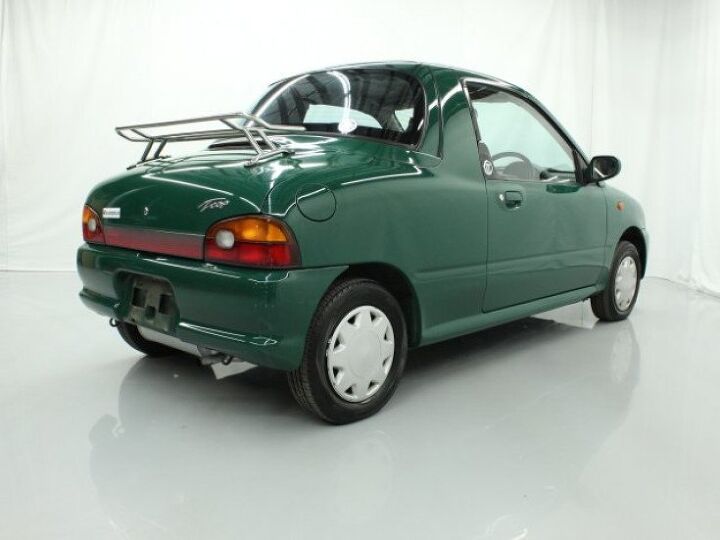
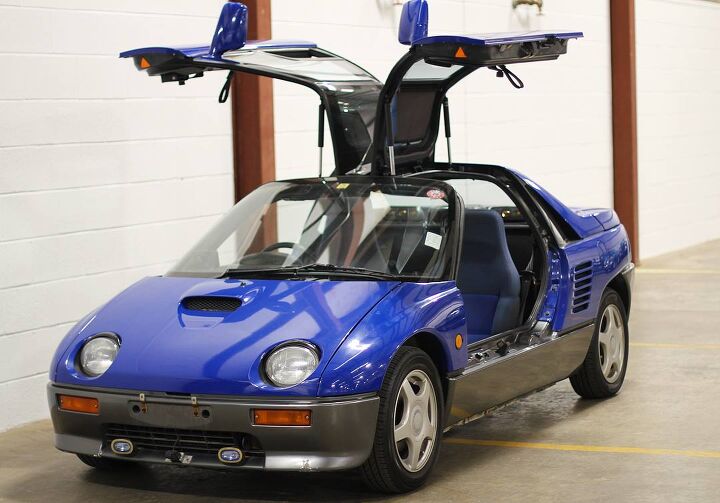

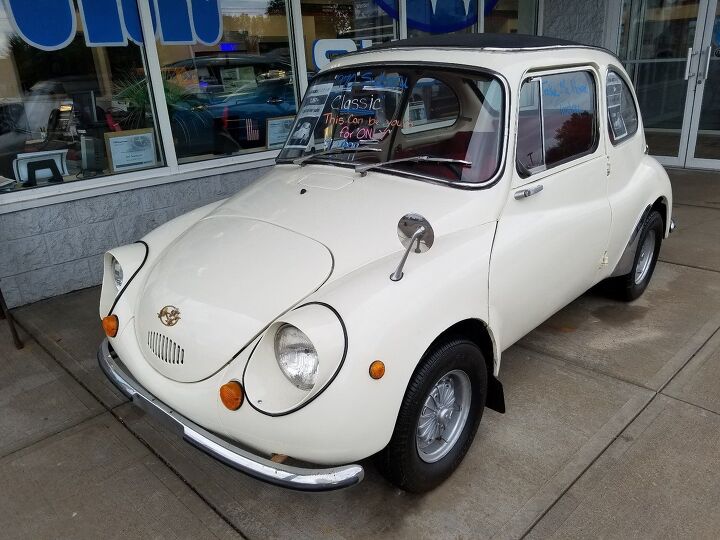


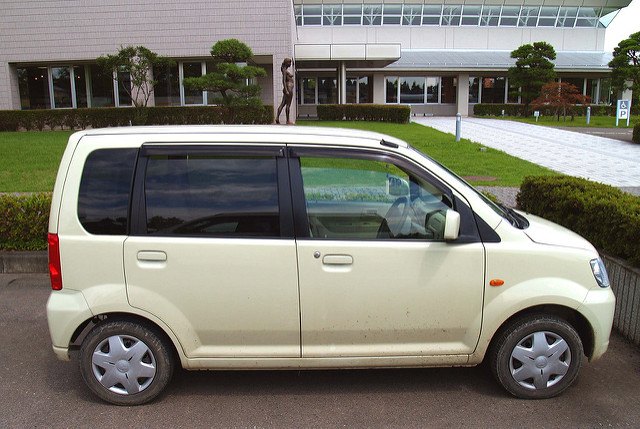
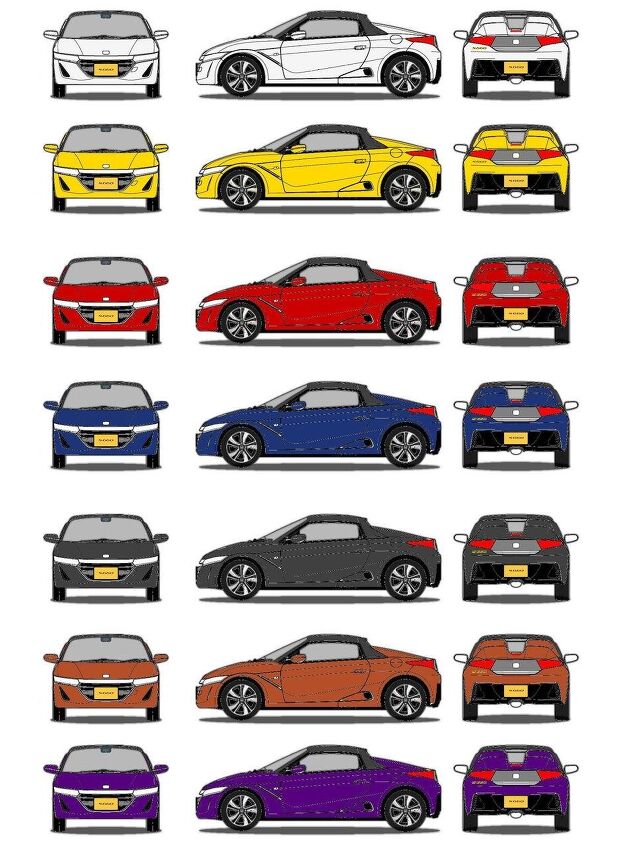

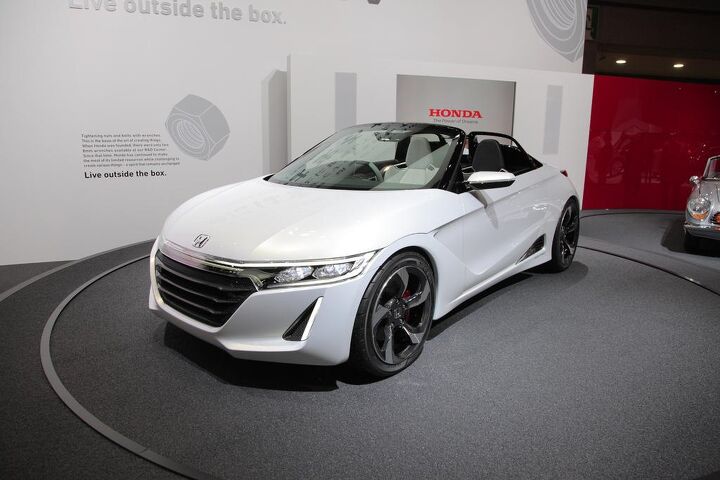
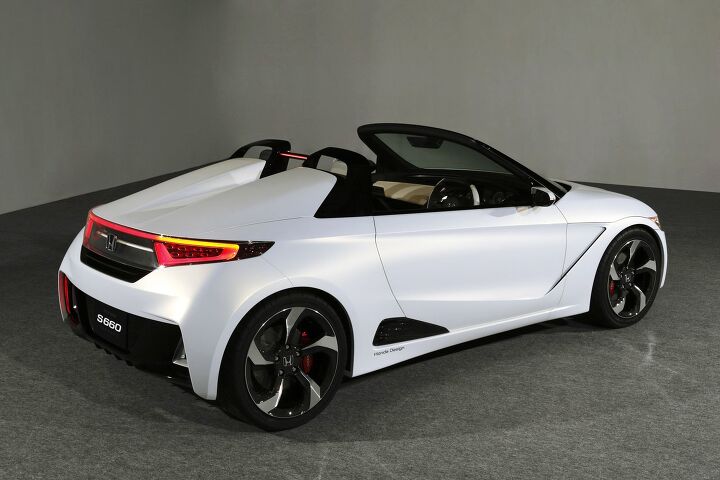












Recent Comments